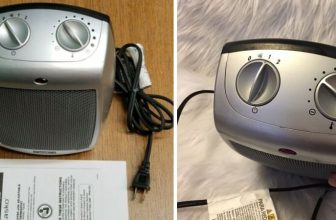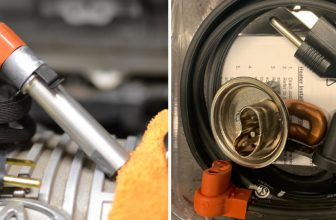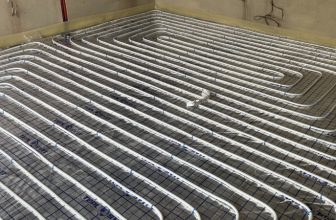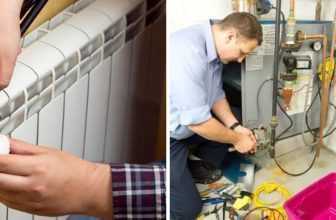How to Turn on Baseboard Heater without Thermostat
Are you freezing in your home and desperately searching for a way to turn on the baseboard heater? Have you lost or misplaced the thermostat that controls your heating system? Don’t worry; there are still ways to heat up without resorting to costly alternatives. In this blog post, we will discuss various methods of how to turn on baseboard heater without thermostat.

We’ll take you through how to use alternate methods specifically designed for electric heaters as well as manual devices normally used with natural gas systems. Through comprehensive guides and easy-to-follow directions, our team hopes to make it easier for individuals like yourself who are looking for an answer about safely getting rid of chill winter air inside their homes!
Can I Turn My Heating on Without the Thermostat?
Yes, you can turn your baseboard heater on without a thermostat. However, it is safer and more efficient to use a properly installed and configured thermostat for control of the heating system.

If you choose to operate the baseboard heater without a thermostat, there should be an ON/OFF switch connected to the unit. To turn the heater on, simply flip the switch to the ON position. Make sure that all thermostat wires are disconnected from the system before turning it on this way.
It is important to note that operating a baseboard heater without a thermostat can be inefficient and dangerous. Without proper temperature control, the heater can run longer than necessary, resulting in wasted energy and higher energy bills. Additionally, the heater may overheat if left on for too long without a thermostat.
This could cause a fire hazard and damage to your home or property. Therefore, it is best to use a properly installed and configured thermostat when operating your baseboard heater.
If you do not have a thermostat, it is important to monitor the heater and turn it off when it reaches the desired temperature. This can be done manually by feeling the air coming out of the top and sides of the unit or by using a thermometer to measure the heat output. Make sure you are safe when checking the temperature, and turn off the heater immediately if it feels too hot.
In summary, you can turn on a baseboard heater without a thermostat, but it is not recommended. For optimal efficiency and safety, use a properly installed and configured thermostat to control your heating system. If you choose to operate the heater without a thermostat, monitor the temperature frequently and turn it off when it reaches the desired level.
10 Methods How to Turn on Baseboard Heater without Thermostat
1. Check the Power Source.
The first thing you need to do is to check whether the power source is working or not. If the power source is not working, then you need to check the circuit breaker and reset it if necessary. If the power source is working, then you need to check the wiring. While checking the wiring, make sure all the wires are connected to their respective terminals. Try to ensure that no wires are loose or disconnected.

2. Check the Circuit Breaker.
If the power source is working, but the baseboard heater is still not working, then you should check the circuit breaker. It is possible that the circuit breaker has tripped, which will cause the baseboard heater to not work.
To check the circuit breaker, locate the main power switch and flip it to the “off” position. Then, turn it back on after a few seconds. If the circuit breaker was tripped, then the baseboard heater should now be on. Though, if the circuit breaker trips again, then you may need to consider other causes for why your baseboard heater is not turning on.
3. Check the Thermostat.
The next thing you need to do is to check the thermostat. It is possible that the thermostat is not working properly, which will cause the baseboard heater to not turn on. To check the thermostat, you will need to remove the cover plate and inspect the internal components.
If any of the components are damaged or not working correctly, then it is likely that you will need to replace it in order to get your baseboard heater to work properly again. However, if all of the components are working correctly, then you can move on to the next step.
4. Check the Wiring.
If the thermostat is working properly, but the baseboard heater still does not turn on, then you should check the wiring. If the wiring is not connected properly, then there may be a loose connection or a short circuit somewhere in the system. To check for these problems, you should first turn off the power to the heater and then use a voltmeter to check each of the wires connecting the thermostat to the baseboard heater.
If any of them are damaged or not connected properly, then you should replace or repair the wiring as needed. After that, re-connect the thermostat and turn on the power to see if the heater works. If not, then you may need to look into replacing the thermostat or calling a professional for help.
5. Check for Obstructions.
Another possibility is that there are obstructions preventing the baseboard heater from turning on. If the baseboard heater is in a tight space, it may be difficult for heat to reach the thermostat. Make sure there are no large furniture pieces or other items blocking the baseboard heater.
Also, ensure that nothing is covering the thermostat so it can’t “see” any changes in temperature. Once these obstructions have been removed, try turning on the baseboard heater again. Though unlikely, obstructions blocking the baseboard heater can prevent it from turning on.
6. Check for Leaks.
Another possibility is that there are leaks in the system, which will cause the baseboard heater to not work properly. You should check for any leaks and make sure that they are sealed properly. If the leaks are not repaired, it will cause your baseboard heater to use more energy than necessary, as well as potentially cause safety issues.
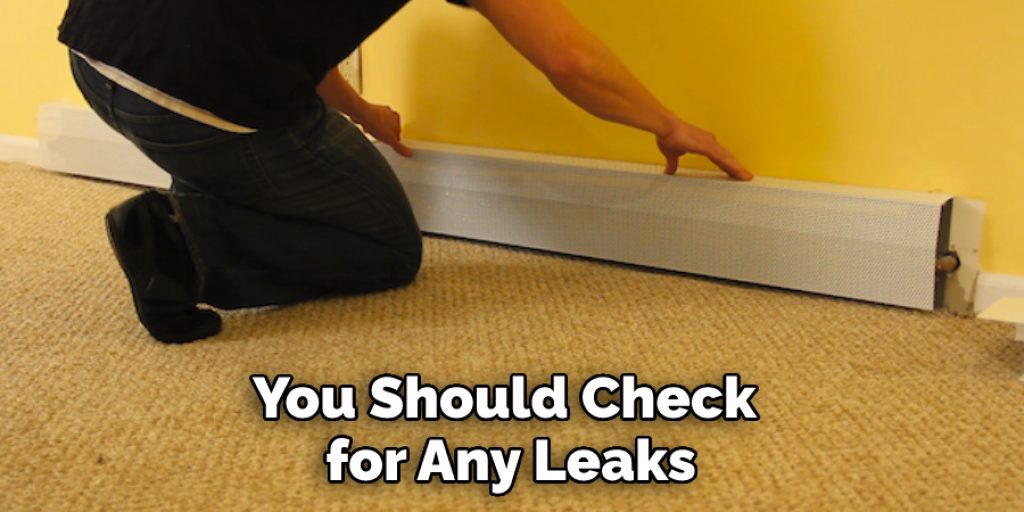
To check for leaks, you may need to remove the thermostat from the wall and inspect all of its connections. If there are any holes or cracks in these connection points, they should be patched up with heat-resistant silicone.
Additionally, any loose wiring should be replaced, and all electrical connections should be checked to make sure they are secure. Once the leaks are sealed and the connections are secure, you can reinstall the thermostat and turn on your baseboard heater.
7. Call a Professional.
If you have tried all of these things and the baseboard heater still does not turn on, then you should call a professional for help. A professional electrician or HVAC technician can diagnose the problem and determine what needs to be done to get your baseboard heater running again.
They can also help you to replace any faulty parts and make sure everything is working correctly. It is always a good idea to get professional advice when dealing with something as important as a baseboard heater. This will ensure that the job is done correctly and that your home is safe from fire or other potential hazards.
8. Switch to an Electronic Thermostat.
If you do not have a thermostat, then you should consider switching to an electronic thermostat. An electronic thermostat is an efficient way to control the temperature of your home, with the added convenience of being able to program it to turn on at specific times. This will help you save energy and money by not having to manually turn your heater on and off as often.
9. Install a New Baseboard Heater.
If the problem persists and you cannot fix it, then you should consider installing a new baseboard heater. This can be an expensive solution, but it will ensure that your heating system is working properly and safely.
Make sure that you choose a heater with the proper wattage for your needs and make sure to follow all safety precautions when installing it. If you are unfamiliar with electrical work, then it is best to hire a qualified electrician to do the job for you. This will help ensure that everything is installed correctly and safely.
10. Use Low Voltage Connectors or Wires.
Finally, if you are using a traditional thermostat, then you should consider using low-voltage connectors or wires. This will allow you to easily connect the baseboard heater to the thermostat without any extra wiring or connections.
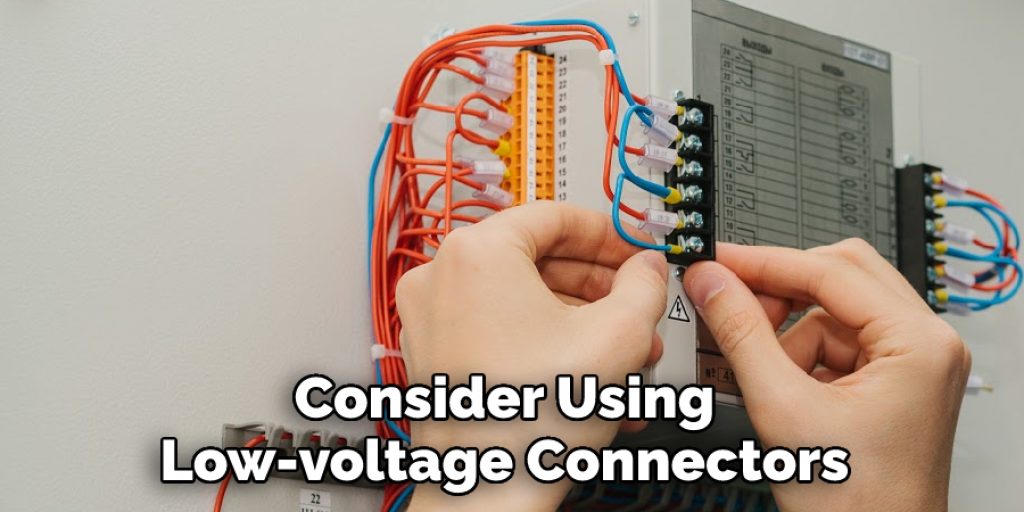
Low-voltage connectors can be found at most home improvement stores and are incredibly easy to install. Connecting the low-voltage wires should take no more than a few minutes, making it one of the easiest methods for turning on your baseboard heater without a thermostat.
Conclusion
So, there you have it – a quick and easy guide on how to turn on baseboard heater without thermostat. By following the steps outlined above, you’ll be able to get heat in your home without having to worry about using a thermostat. While this may not be the most ideal situation, it is a good way to get warmth in your home if you don’t have a working thermostat or if you want to avoid using one. Thanks for reading!

